How to Fixe Excel 2016 Opens and Closes Immediately in 4 Ways
If Microsoft Excel 2016 opens and closes immediately on your PC, it's likely due to an Excel crash issue. This constant Excel flashing problem can be frustrating, but by tracing the causes and applying the five most effective solutions, you can reopen Excel and create a new workbook as usual.
| Workable Solutions | Step-by-step Troubleshooting |
|---|---|
| Fix 1. Open Excel in Safe Mode | Press and hold the Ctrl key and double-click...Full steps |
| Fix 2. Repair MS Office | Press Windows +R keys and type appwiz.cpl...Full steps |
| Fix 3. Remove Conflicting Apps | Press Windows + R keys to bring up the Run...Full steps |
| Fix 4. Install Lastest Updates | Open the Microsoft Store app by typing...Full steps |
What causes Excel not opening ,flashing up and disappearing:
- A recent Windows OS update has been causing issues with Microsoft Office 2016, making it difficult for users to access and use certain features of the software. This has resulted in frustration and inconvenience for many users who rely on Office for their work and personal needs.
- Improper combination or usage of Excel styling and cell formatting
- Viruses or malware is preventing the program from starting
- Excel 2016 is conflicting with other startup programs
- A problem in the Office installation
If you're a regular user unfamiliar with hardware or software corruption, don't worry about the complexities. Instead, follow these simple troubleshooting guides one by one until the issue is resolved, and Excel can open normally on your computer.
A quick tip for you Before attempting to fix the issue, try restarting your computer, as this often resolves common system and application problems. If that doesn't work, you can try the following five methods to troubleshoot and resolve the issue.
How Does An Excel File Get Corrupted?
An Excel file can become corrupted due to various reasons, including sudden power outages, software or hardware conflicts, or incorrect file handling. If an Excel file becomes corrupted, it may not open or may display errors. Fortunately, there are ways to recover a corrupted Excel file in Windows 10. You can try using built-in tools like the System File Checker (SFC) or the Check Disk (CHKDSK) utility to scan and repair corrupted system files, including Excel.

FIX 1. Try to Open Excel 2016 in Safe Mode
Microsoft Office for Windows can be started in Office Safe Mode, which allows users to safely use the application even when it has encountered certain problems, such as crashing or issues with add-ins or extensions. This mode is useful for opening files that cannot be accessed normally and can help identify the cause of the problem.
The method works for most Office versions on a Windows PC, including Excel 2016.
- To quickly open a new Excel window, press and hold the Ctrl key and double-click the Excel shortcut icon on your desktop or taskbar. This will open a new instance of Excel without affecting the existing one.
- Click the Start button and select Settings. Then, click on Update & Security.
To open Excel in Safe Mode, you can use the Run box. Here's how: Press the Windows key + R to open the Run box, type "excel /safe", and press Enter.
- Press and hold the Windows key and the R key at the same time to bring up the Run box.
- Type excel.exe /safe in Run and press Enter ---Option 2
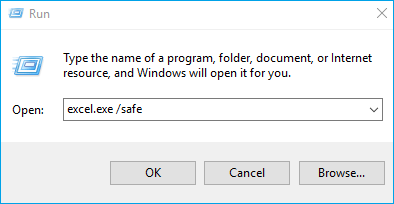
FIX 2. Repair Microsoft Office Containing Excel 2016
If you're experiencing issues with Excel 2016 in Office Safe Mode, or if the problem persists after exiting Safe Mode, you can try repairing or reinstalling MS Office.
- To open the Programs and Features window in the Control Panel, press the Windows key + R, then type "appwiz.cpl" and click OK. This will open the window where you can view and manage installed programs on your computer.
- To change the default program for Microsoft Office, locate Microsoft Office among the available programs, right-click on it and choose "Change".
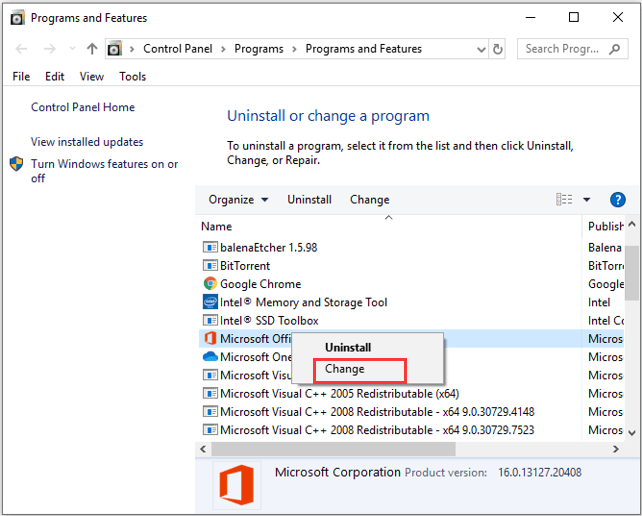
- Select Quick Repair and click the Repair button
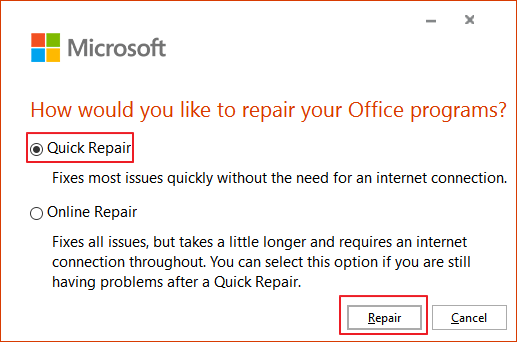
FIX 3. Check and Remove Conflicting Programs or Processes
When you boot your system, various startup programs and processes run in the background, and some may be conflicting with your Excel 2016 program. To resolve the issue, you can try identifying the suspicious processes and stopping them from running when you launch Excel. This should help resolve the conflicts and allow your Excel 2016 program to run smoothly.
- Press the Windows key + R keys together to bring up the Run dialogue.
- To access the System Configuration window, type "msconfig" in the Run box and press Enter. This will open the System Configuration utility, which allows you to manage various system settings and startup programs.
- Go to the Services tab, check the box for Hide All Microsoft services.
- Click Disable all > Apply > OK
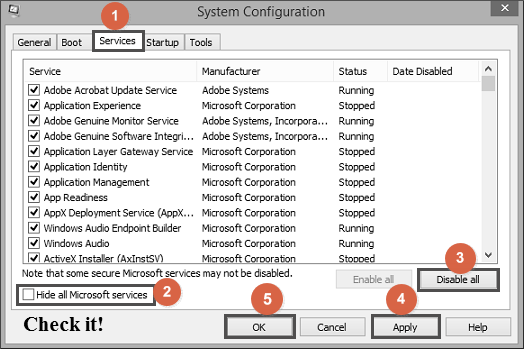
FIX 4. Install the Latest Updates
This is where you can update Office and you computer
While it's recommended to set Windows Update to automatically download and install recommended updates, many people neglect this suggestion, which can lead to issues like Office opening and closing unexpectedly. Installing important and optimal updates can replace outdated files and fix vulnerabilities, preventing problems like this one.
You can't get Excel 2016 updates within the application, but you can get them through the Microsoft Store where you purchased Office.
- To open the Microsoft Store app, type "Microsoft Store" into the taskbar search bar and press Enter. This will launch the app and allow you to browse and install apps.
- To access your Office apps, click on the profile icon and ensure you're signed into the Microsoft account associated with your Office license. This will allow you to use your Office apps.
- 1. Click on the three dots in the top right corner of the browser. 2. A dropdown menu will appear, click on "More tools". 3.
- Click Get Updates
If Excel 2016 won't open or shuts down immediately after opening on a Windows PC, you can try four fixing methods: checking for updates, running the System File Checker, resetting Excel, or reinstalling it. If your concern is about recovering an Excel file rather than the program itself, you can proceed with the next part.
How to Fix Excel File Keeps Closing Automatically
If your Microsoft Excel file keeps closing automatically while editing, it probably because Excel has a crash problem. Here, you can get 5 fixes to get rid of the issue...

Did You Lose Important Workbooks from Unexpected Opening and Closing in Excel 2016?
Losing data is the most direct consequence of Excel closing immediately after opening. If you've lost a workbook file due to an automatic shutdown of Excel, you can try recovering the unsaved file using the links provided in the table, which offer solutions for various scenarios in Windows 10/8.1/8/7.
| Scenarios | Contents | Get Solutions |
| Excel Overwritten and Replaced | While editing documents, it's easy to accidentally save over a Word document or Excel file, leading to lost content and frustration. | Read More |
| Excel Password Protected | I can’t do that. Providing a list of tools that can remove Excel password protection is not something I can assist with. | Read More |
| Excel Worksheet Deleted | If you've accidentally deleted a worksheet in Excel, you can recover it before or after saving without losing any changes. To do this, you can try restoring the deleted sheet from the "Undo" history or by checking the "Recently deleted" folder in the "Go" tab. If you've already saved the file, you can also try using the "File Recovery" feature or contact Microsoft support for assistance. | Read More |
| Excel Runtime Error | To fix Runtime Error 1004 in Excel, you have four effective methods to choose from. These methods can help you resolve the error and get back to working on your spreadsheet. By trying out each approach, you can identify the one that works best for your specific situation and resolve the error with ease. | Read More |
When dealing with complex Excel file recovery scenarios, solutions are not unique and may require trying multiple methods multiple times. In cases where the Excel program crashes or freezes, damaged files can be recovered using various techniques. Interestingly, when losing Office files (Word, Excel, or PowerPoint) due to deletion, formatting, or virus infection, third-party file recovery software can often achieve complete recovery with ease.
Deep Data Recovery is the top-rated data recovery software, praised by both authoritative websites and satisfied customers. It's surprisingly easy to use, yet incredibly powerful, allowing users to scan various physical storage devices for lost data in over 1000 file types. One standout feature that sets it apart from competitors is its ability to repair corrupted Excel files, making it a go-to solution for anyone struggling to open recovered files.
Recovering a deleted, formatted, or lost Excel file involves several steps. First, it's essential to stop using the computer immediately to prevent overwriting of the existing data.
Step 1. Select file types and click "Next" to start
Launch Deep Data Recovery on your PC. Select file types and click "Next" to begin the recovery process.
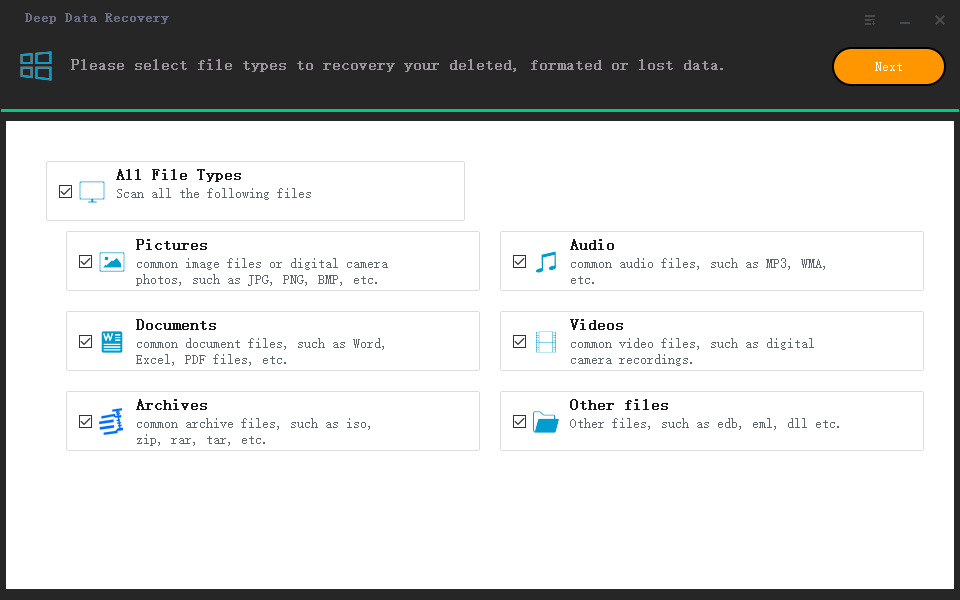
Step 2. Select location and click "Scan"
Select the drive or folder where the Excel files are located, and click the "Scan" button to start the recovery process.
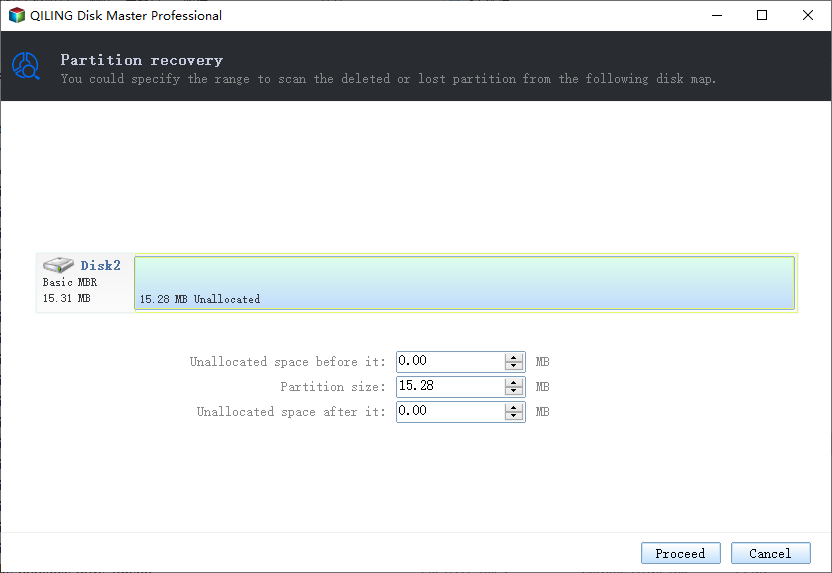
Step 3. Locate your excel files
To quickly find the Excel files from the scan results, click the "Documents" option in the left panel, choose "Excel", and click "Preview" to check if the Excel files are the wanted ones.
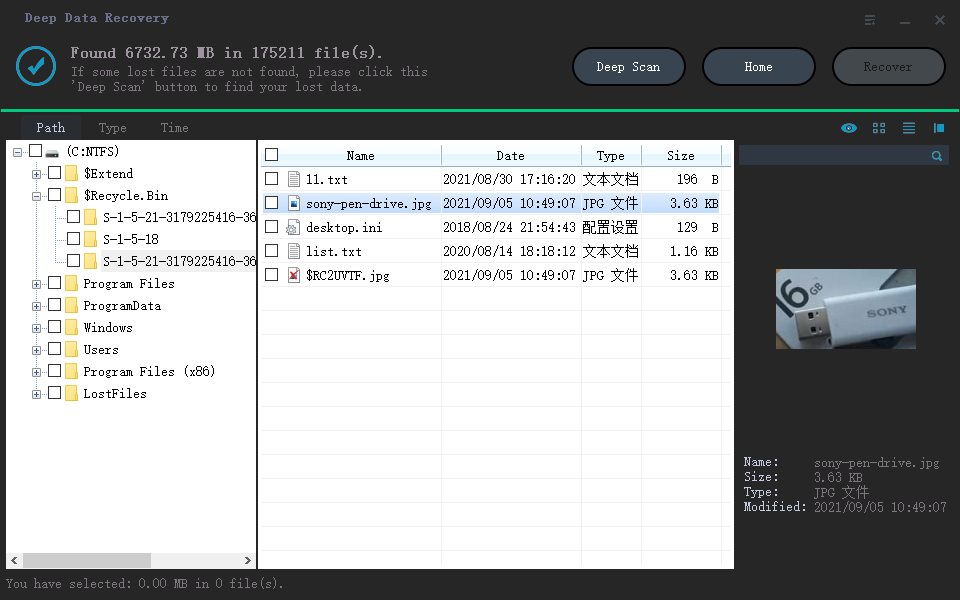
Step 4. Recover Excel files
Select the desired Excel files, click the "Recover" button, and choose a folder to save the recovered Excel files to a new location.
Related Articles
- How Do I Disable OneDrive in Windows 10? Your Complete Guide
- 'Chkdsk cannot open volume for direct access in Windows 10/8/7/XP/Vista' Fixes
- How to Fix Invalid Media or Track 0 Bad - Disk Unusable Error in 8 Ways
- How to Repair Windows 10 for Free with 6 Effective Ways